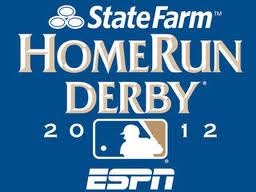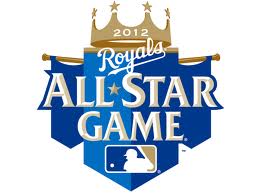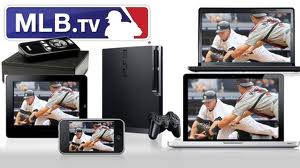For any fan that tuned into MLB’s Home Run Derby on Monday night they might have wondered about all of the booing. It seems that every time that Robinson Cano, captain of the American Leagues’ team of home run hitters came to bat the Kansas City crowd booed.
This was basically a repeat, albeit with different players, from last year when Prince Fielder, then the captain of the National League team was booed often and loudly by the Diamondback partisans at the event in Phoenix.
In both cases the captain’s sins in the eyes of the fans was in not picking a home town favorite among the selection for the home run hitting squad. While it might make sense to go with the strongest team the derby really is an individual event, with no team win but rather an individual player taking home the title.
MLB’s commissioner, Bud Selig, obviously does not like to hear booing at an event designed to showcase baseball and so told the Baseball Writers Association of America (BBWAA) that he was looking at changing the selection process by simply adding a “Hometown” all-star to the hitting squad.
The fact that next years’ game will be in the Met’s Citi Field in New York and without a Met on the team might cause a new record in boo volume to be set might have had something to do with his decision. Still it is not yet final and so we will have to wait and see if this becomes permanent.
The commissioner also talked about the future of replay in baseball during the All-Star break and said that it will be expanded, but not by much. Baseball is looking to add balls hit down the foul line and balls that are trapped in the outfield. This expansion is already covered in the basic agreement between MLB and the players association.













